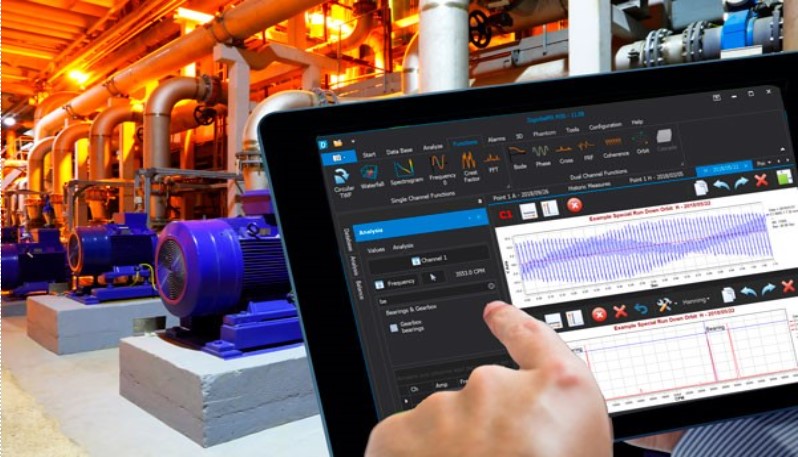Vibration
Vibration Testing
What we Offer?
Noise and vibrations can have multiple sources. Propellers and machinery are the most common sources, but other less common sources such as cranes, rudders, ventilation, and flow-induced phenomena may also be a root cause of excessive noise and vibration. Solving noise and vibration-related issues therefore requires multidisciplinary competence and skills. Rely on WAPS Global to identify sources of noise and vibrations on your ships or marine assets. Backed by over 40 years of experience in noise and vibration analysis, we have extensive competence in noise and vibration for all kind of vessels. We assist owners and operators in designing, building and operating their vessels with reduced noise and vibration.
Our service for noise and vibration reduction consists of the following:
- Predicting noise and vibration levels
- Taking measurements and troubleshooting
- Identifying relevant reduction measures
- Providing statement of compliance towards international standards

Contact WAPS Global to achieve benefits of reduced noise and vibration:
What We Do?
- Reduced noise emissions to the environment (above and below water)
- Improved crew and passengers health and safety (human fatigue, hearing alarms and public address system)
- Minimized risk of vibration-induced fatigue damage and malfunctioning of equipment.
- Noise and vibration levels within contractual limits
- Scheduled Analysis Vibration Monitoring with which we can find problems early, reducing your trips to the shipyard.
Out-Of-Water Inspection
Owner Trials & Pre-delivery Testing
WAPS Global recommends that our marine vibration surveys begin here to provide a baseline of vibration data. We will then use this for acceptance testing and the future diagnosis of problems while performing ongoing condition monitoring of the vessel’s machinery.
Pre- and Post-Maintenance Surveys
WAPS Global can perform pre- and post-works vibration surveys around shipyard maintenance periods. These sets of data allow the vessel managers to document improvements for presentation to owners and also provide a baseline set of data for future diagnostics. These surveys are adjustable in scope and can include A-weighted sound measurements taken to class rules.